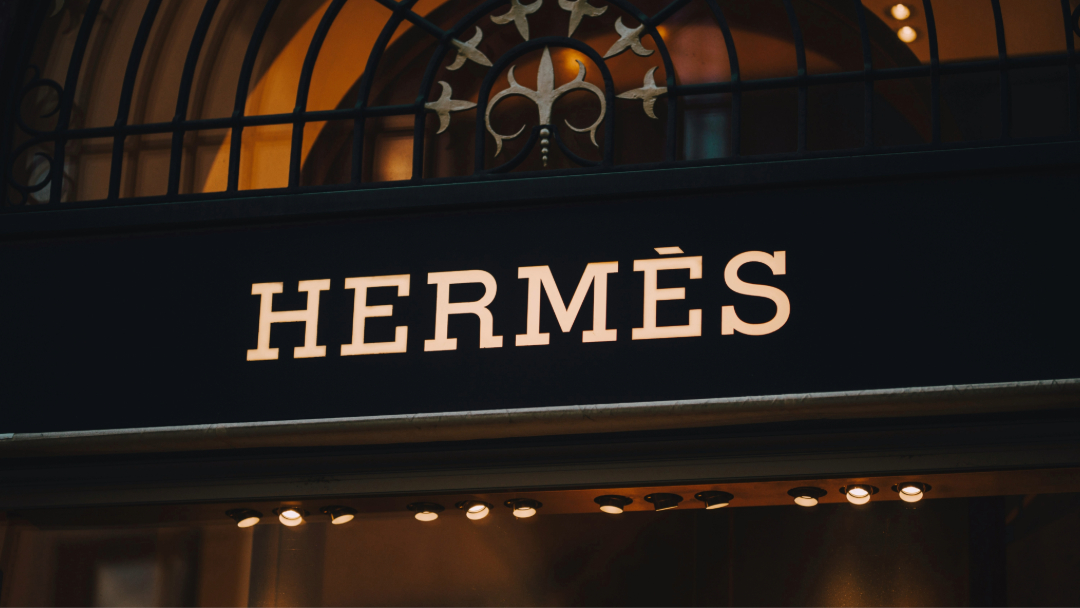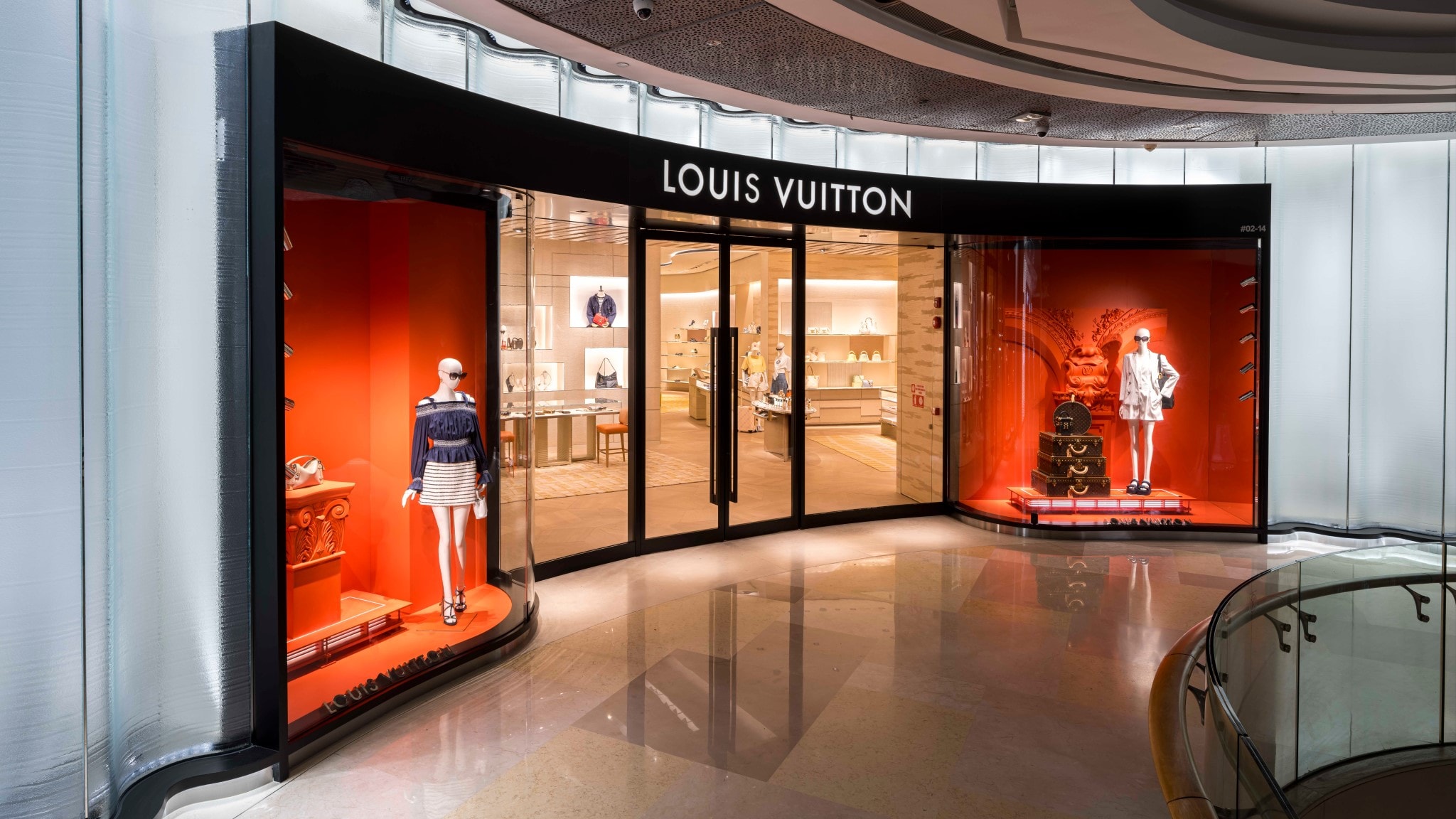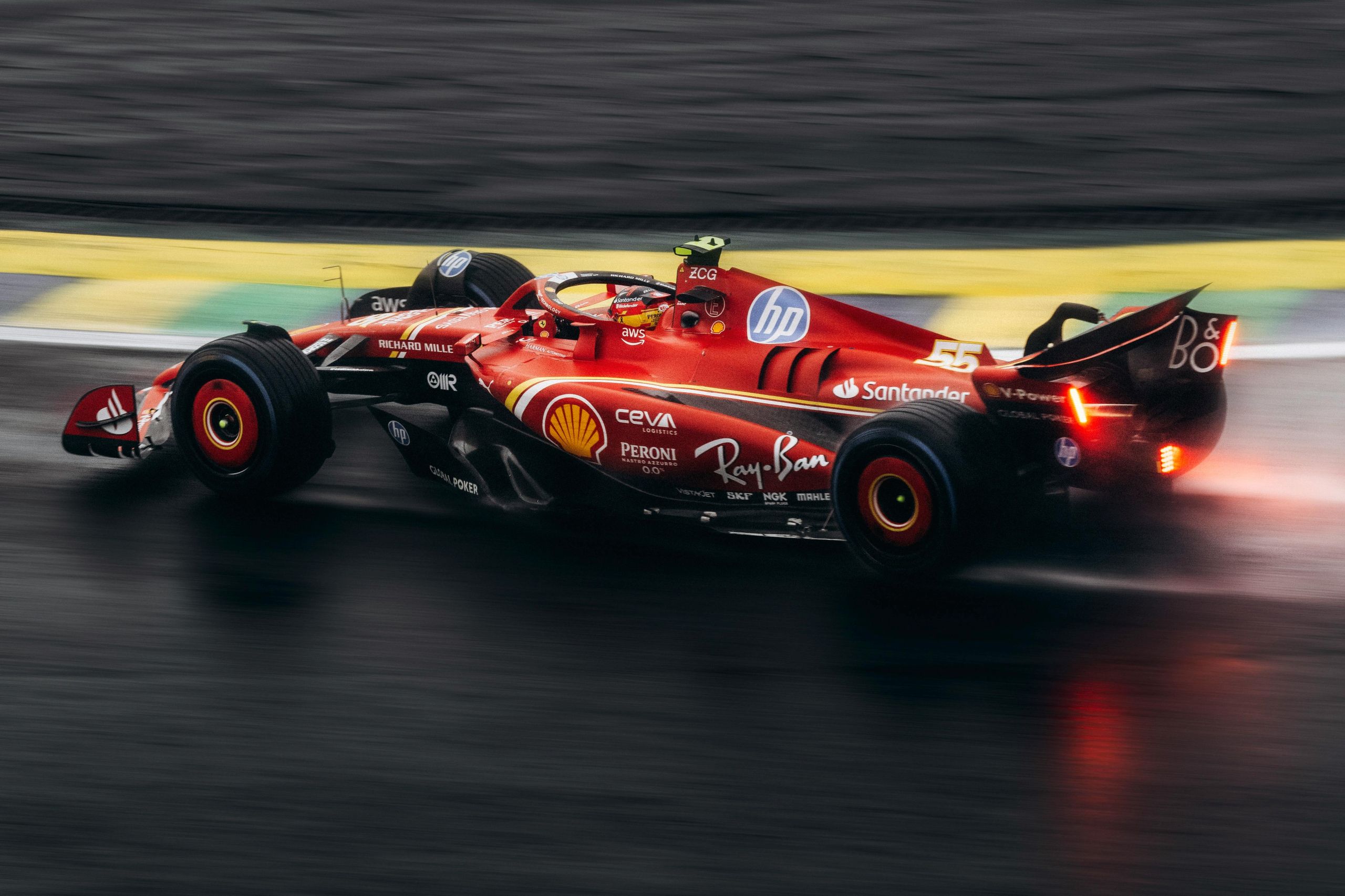With the rising costs of customer acquisition, combined with a competitive landscape of attention scarcity, luxury brands are trying yet another pathway to reach their audiences: mobility media, which Uber says offers a 100 percent share of voice during a customer’s journey. But how effective is it, and how does the car-ride-sharing app measure its success?

It is no secret that brands have used mobile advertising to reach their target audiences whilst on the go for many years now. Indeed, mobile internet advertising is estimated to reach $494.95 billion by 2024, having already grown by 16 percent from $341.18 billion in 2021 to $395.96 billion in 2022.
But as the cost of customer acquisition continues to rise, in a landscape where consumers are increasingly bombarded with advertising messages on their mobile devices, how do brands cut through the noise and ensure they connect with their customers at the right moment, on the right channel, in the way they want?
For Uber, the answer is simple. Through Journey Ads, which the ride-sharing app describes as mobility media, is designed to “capture consumers’ attention as they travel on Uber trips by featuring ads that drive purchases and brand awareness.”
How it works is through using first-party data, which as privacy laws and regulations tighten, will become crucial to strategically leverage a brand’s performance online, and in Uber’s case, means that the ride-sharing app knows where its customers are going and where they have been. And by using the information that it collects from its users, it can help luxury brands to better target Uber’s customers who are also interested in luxury brands.
While many may be familiar with advertising from the company on Uber Eats, Journey Ads represents the next stage of its advertising development. Uber says Journey Ads enable brands to create their own tailor-made ads, pegged to the moment that a customer enters into a ride through the app, where they have come from and where they are going.
“The thinking process around launching Journey Ads is first-party data,” said Grégory Blay-Desforges, newly appointed Head of Advertising France.
“We know the type of moment our customers are in, and this is the value,” he told Luxury Society. “We combine first-party data to that specific moment of when you are in an Uber, and when you are free to discover new things. You are free to deep dive into any type of content that will be relevant to you at that specific time.”
Uber’s advertising division is expected to reach $1 billion in 2024 and is managed from multiple strategic offices worldwide, including Paris, where Blay-Desforges is based.
Share of Voice
Another advantage of Journey Ads, says Blay-Desforges, is that the format offers a 100 percent share of voice during Uber rides.
“First, the brand is in a perfectly safe environment and gets 100 percent share of voice, which means a brand can actually start a conversation with the traveller since an average trip is 20 minutes, and people come back several times to their Uber app during a trip,” he said.
At a time when we have seen multiple different revolutions within the digital media landscape, including mobile experiences, retail media, iOS 14 and GDPR concerns, having a 100 percent share of voice seems to be something that many brands want to take advantage of. Last month, Mercedes-Benz announced a collaboration with Google to create branded navigation for its upcoming MB.OS operating system.
The software will provide Mercedes-Benz cars with Google traffic information, automatic rerouting, and the ability for drivers to watch YouTube on the entertainment system while parked or in Level 3 autonomous driving mode. The partnership will also explore further collaboration by using Google Cloud data and artificial intelligence capabilities.
Leveraging Journey Ads
But how can luxury brands best use mobility media to attract the attention of luxury customers, who require more specific tactics to reach than other audiences?
“Uber Ads can offer premium spaces through 1 to 1 conversations with users that are meaningful and relevant to specific audiences,” said Blay-Desforges. In terms of targeting, only selecting premium cars referred to as Uber Black (Uber VIP) on an Uber ride, combined with riders heading to luxury destinations such as five-star hotels and luxury shopping areas, could be one way that luxury brands strategically target High Net Worth Individuals and other key strategic audiences.
However, the challenge and downfall of granularity is volume, noted Blay-Desforges, as the more granular you are, the less volume you have. And if you are a global luxury brand, that may prove a challenge.
One way Uber tries to address that is by advising global brands to make it all about their audiences- “Designing the targeting is going to be key,” said Blay-Desforges. “You can design something that will actually allow you to talk to your actual audience, your actual target, and your actual leads.”
Another point to consider is when audiences gather together for big events in their industry’s calendar. “The world is not centered, but there is something about events, like fashion weeks. When you think about it, what are people doing during that time they come to like a specific city, they request Uber trips to get around that city,” Blay-Desforges explained.
Indeed, owning an event with your brand and being associated with it, is a strong tactic to reinforce a brand’s values and what its audience can connect with. And leveraging a key moment through mobility media during store opening or festival seems strategic to nurture the brand relationships.
For example, for the launch of their Spring-Summer collection, Zadig&Voltaire ran a campaign with Journey Ads in the US, UK and France targeting luxury shoppers. This campaign allowed them to develop a conversation with their potential clients by delivering an average ad exposure time of 3 minutes and 31 seconds. Interestingly, this time spent was actually time that users engaged with the brand, with an engagement rate of 4.02 percent and a Click Through Rate of 3.05 percent.

Credit: Courtesy of Uber.
Stand Out From The Crowd
With the steady growth of mobile advertising, the use of mobility media like Journey Ads can be very strategic for brands if they are willing to be associated with a specific event, or a specific time in the year such as the Summer holidays. Choosing the perfect period of time, at the right place can be really strong in terms of performance and powerful for the brand’s perception.
However, the brand’s awareness needs to be established and strong. Indeed, the ad frequency using only media mobility ads will be limited and won’t be a data set that you can monitor closely, but it can be an important KPI to assess at the end of the campaign.
Running a Journey Ads campaign seems to be efficient for a global luxury brand which wants to be associated with a key event. For example, a fashion brand during a Fashion Week. However, volume will likely be limited for a niche brand which aims for a very specific audience.
While mobile advertising is a huge crowd and very competitive, mobility media offers 1:1 conversation with a user at a competitive cost. Nevertheless, mobility media is limited in terms of space, while social media for example continues to expand, especially with the development of new tools or even new apps.
Welcome to DLG Insights, a new series of articles written and produced by our parent company’s in-house experts. If you are a luxury or lifestyle brand that is interested in speaking with us about how you can tap into new and emerging trends in the luxury market, you can contact us here.










